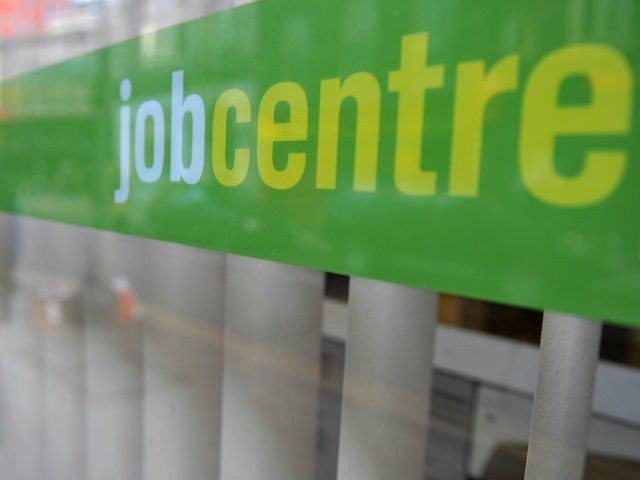The International Labour Organization, part of the United Nations, said Tuesday that by 2020 global unemployment will have climbed by 11 million, with over 212 million people unemployed.
The UN ascribed the depressing statistic to slower global economic growth and turmoil. ILO head Guy Ryder said over 61 million jobs have been lost since the economic crisis in 2008. The ILO predicted that global unemployment would rise to 5.9% in 2014 and 2015; it had rested at 5.5%% before the 2007 global crisis.
The ILO World Employment and Social Outlook — Trends 2015 report reported that 280 additional million jobs are needed by 2019 to heal the wounds and the economic maelstrom left after 2007. The ILO warned that the widening gap between economic classes and high youth unemployment would precipitate greater social unrest. The ILO stated, “In several advanced economies, where inequalities historically have been much lower than in developing countries, income inequalities have worsened rapidly in the aftermath of the crisis and in some instance are approaching levels observed in some emerging economies.”
Parts of Europe have had a more difficult path toward normalcy than the United States, Japan, and Britain; even Germany, the strongest European country financially, could have 5% unemployment in 2017, as opposed to 4.7% at present, according to the report. France, the second strongest country, is estimated to rise to just under 10% unemployment.
The youth market has been hard-hit; the age group 15 and 24 climbed to 13 percent in 2014. The UN predicted that the decline in oil and gas prices would cause higher unemployment in Latin America, Africa, and the Arab world. Ryder said that the cut in wages in Europe was problematic because it would lead to less consumption, and combining that with lower investment would cripple any economic growth.
The unemployment rate can mislead the public; workers who stop looking for a job do not count because they are no longer considered part of the labor market. Some countries lie about the real unemployment rate by counting workers as employed when they only work part-time. As explained by Forbes last August, when the U.S. unemployment rate was announced to be 6.2%, “Despite the significant decrease in the official U.S. Bureau of Labor statistics unemployment rate, the real unemployment rate is over double that at 12.6%. This number reflects the government’s ‘U-6’ report, which accounts for the full unemployment picture including those ‘marginally attached to the labor force,’ plus those ‘employed part time for economic reasons.’”

COMMENTS
Please let us know if you're having issues with commenting.